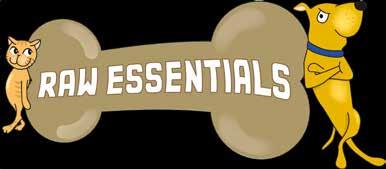
2 minute read
The stimulation of early communication
14 The Stimulation of early communication
Last time, we looked at how speech develops up to the point when you hear those very special first words. So, how can you provide the best model of speech for your young child? Many parents feel that they do not want to talk “baby” to their young children. While it’s good not to use babyish words, it is important to stimulate your child at his or her level of understanding and expression, so that they hear a good model of speech and are learning. How do you stimulate your child at just the right level?
Advertisement
Know what to expect: Your child may communicate in various ways such as pointing, nodding and signs. One word may mean many different things; “bottle” may refer to anything they like to drink, or that they are thirsty. Your child may also use simplifications of words e.g. nana for banana.
Follow your child’s lead: Allow your child to initiate communication. This helps you know two important things: Their level of communication and what is of interest to them. When you respond to their communications they are more likely to learn. Wait, look and listen to what interests them. Then give the child a chance to communicate. For example, waiting to see if your child requests help opening something, or if the doorbell rings, allow them an opportunity to comment or react.
Be at the same physical level: Get onto the floor with your child, allowing them to see your face, putting you in a better position to follow your child’s lead.
Imitate or model the child’s intended message as if you were speaking for your child. Baby says ‘a-a’ while trying to reach his water. Then you say “water”. If the child is able to say words, you can speak to the child using a short two word sentence like “drink water”, “yummy water” or “more water?” This way you are speaking at the level at which your child is able to learn and imitate you as well. More tips next time
Tanya Collett 09 421 1337 021 949539 www.hearsay.co.nz



















